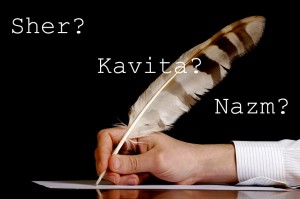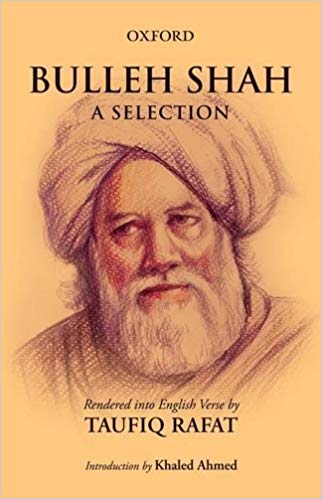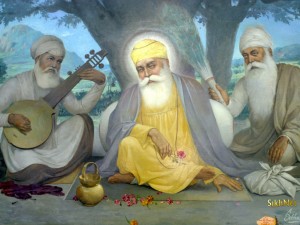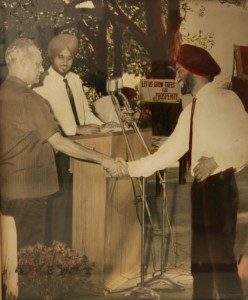 One of the questions I am often asked about is something that confuses many people: what are the various terms in Punjabi poetry? People have this misconception that Punjabi poetry is not at par with poetry from other languages in the region, such as Urdu or Hindi. It has an incredibly long history and is as complicated as any other form of literature. There is also a misconception that Punjabi is not a poetic language. What this is based on, I am not sure, but if this were true, at over 70 years old, I would have found another language to sing and write my poetry in by now!
One of the questions I am often asked about is something that confuses many people: what are the various terms in Punjabi poetry? People have this misconception that Punjabi poetry is not at par with poetry from other languages in the region, such as Urdu or Hindi. It has an incredibly long history and is as complicated as any other form of literature. There is also a misconception that Punjabi is not a poetic language. What this is based on, I am not sure, but if this were true, at over 70 years old, I would have found another language to sing and write my poetry in by now!
Like many other ancient languages, Punjabi has evolved through various stages and Punjabi poetry is perhaps as old as Punjab’s Indus Valley civilization. It has beautiful and complex ballads both from the past and contemporary Punjabi poetry can easily be compared to verses from Shakespearean sonnets, traditional Japanese haikus, or modern “free verse” forms of poetry, including Spoken Word. Stalwarts from the past have contributed significantly to Punjabi poetry like Waris Shah, Sultan Bahu, Bullhe Shah, Chandar Bhan and Ali Haidar amongst many others. Bhai Vir Singh, Puran Singh. Mohan Singh and Amrita Pritam are considered luminaries who pioneered the new era in Punjabi Poetry. Properly defining the different styles and forms found in Punjabi poetry is an impossible task for someone who is not a literary historian. I have never taken a poetry class, or studied the form in an academic setting. I have read countless poems over the decades and they have all, in some shape of form, influenced my views on life and, of course, on my poetry. Here is Punjabi Poetry at a Glance:
Definitions
The ghazal has its origins in the Arabic language and is traditionally considered a more scholarly form of poetry. It is a collection of couplets that embody a single thought or subject. A couplet is known as a sher. The plural of a sher is an ashaar(s). A ghazal contains 5-15 ashaars and follows the rules of matla, maqta, behr, kaafiyaa and radif.
Here is an example of a sher from Shiv Kumar Batalvi’s poem, “ਮਾਏ ਨੀ ਮਾਏ”/ Mae Ni Mae :
ਮਾਏ ਨੀ ਮਾਏ/ Mae Ni Mae
ਮੈਂ ਇਕ ਸ਼ਿਕਰਾ ਯਾਰ ਬਣਾਇਆ/ Mai ik shikra yaar banalia
There are many subcategories of a ghazal and the rules that govern its definition can get very complex. For example, a ghazal is an arrangement of lines whereby the first two lines rhyme with each other which in turn rhyme with the fourth, sixth, eighth and so forth. Each couplet conveys a complete message and may be interconnected to continue a theme. I told you it was confusing!
Any poem which does not pass the criteria to be considered a ghazal is called a kavita in Punjabi and a nazm in Urdu.
For a more in-depth look at the intricacies of the ghazal and many of the terms surrounding it, check out this article, “What is a Ghazal?”



Leave a Reply